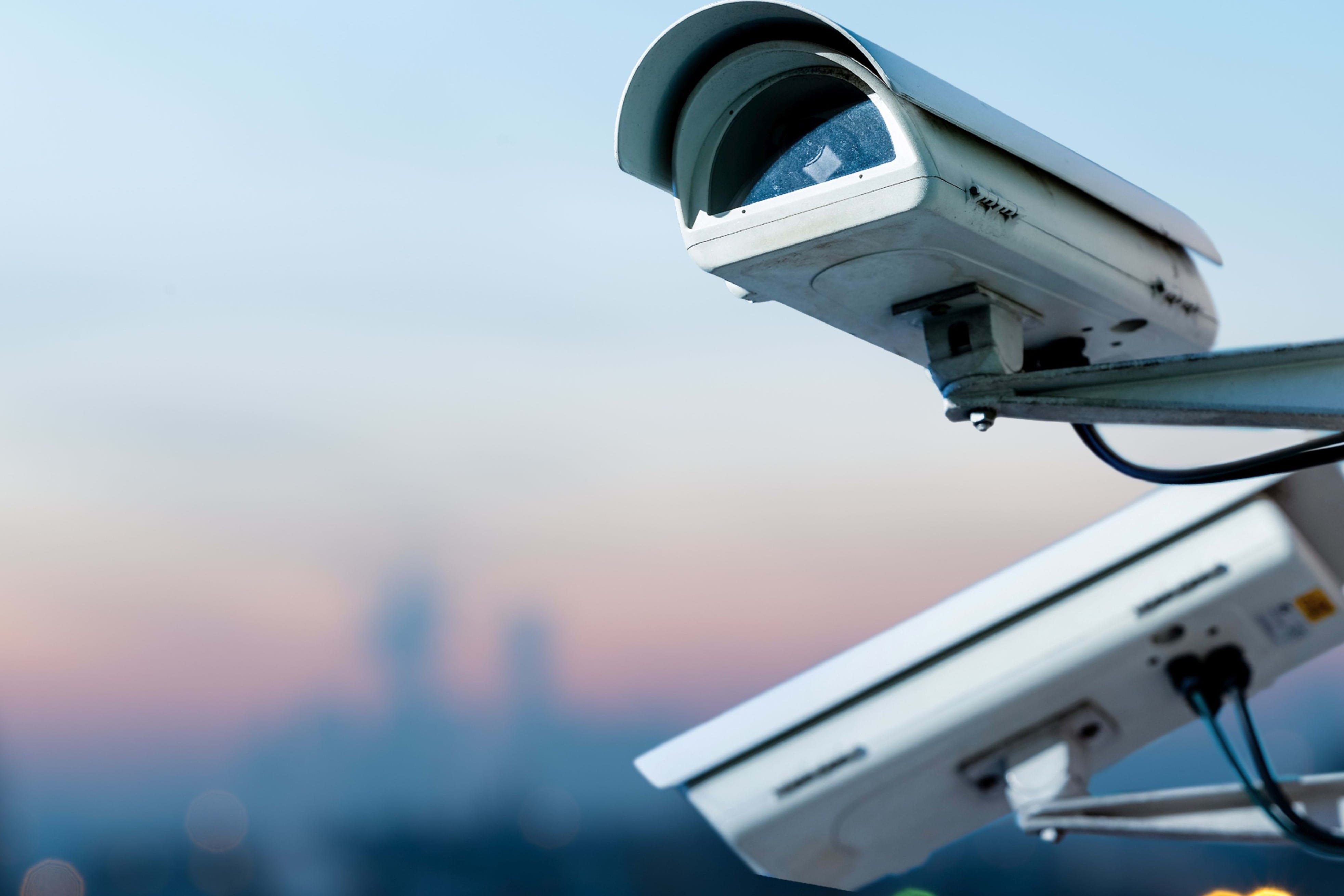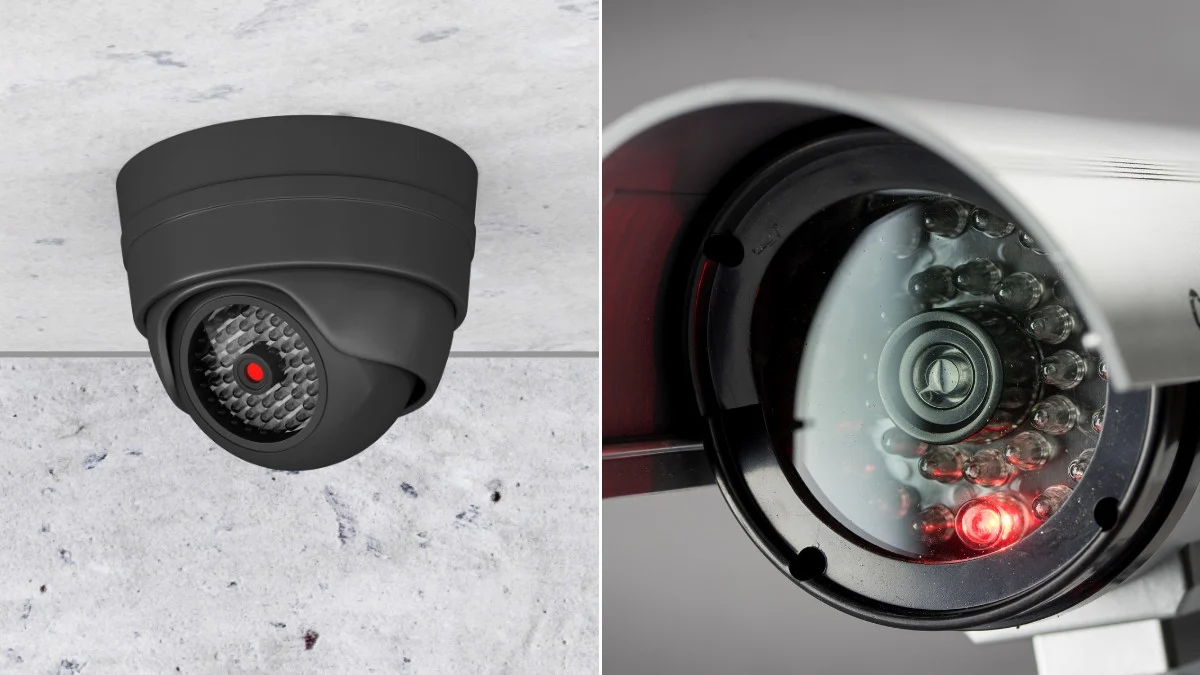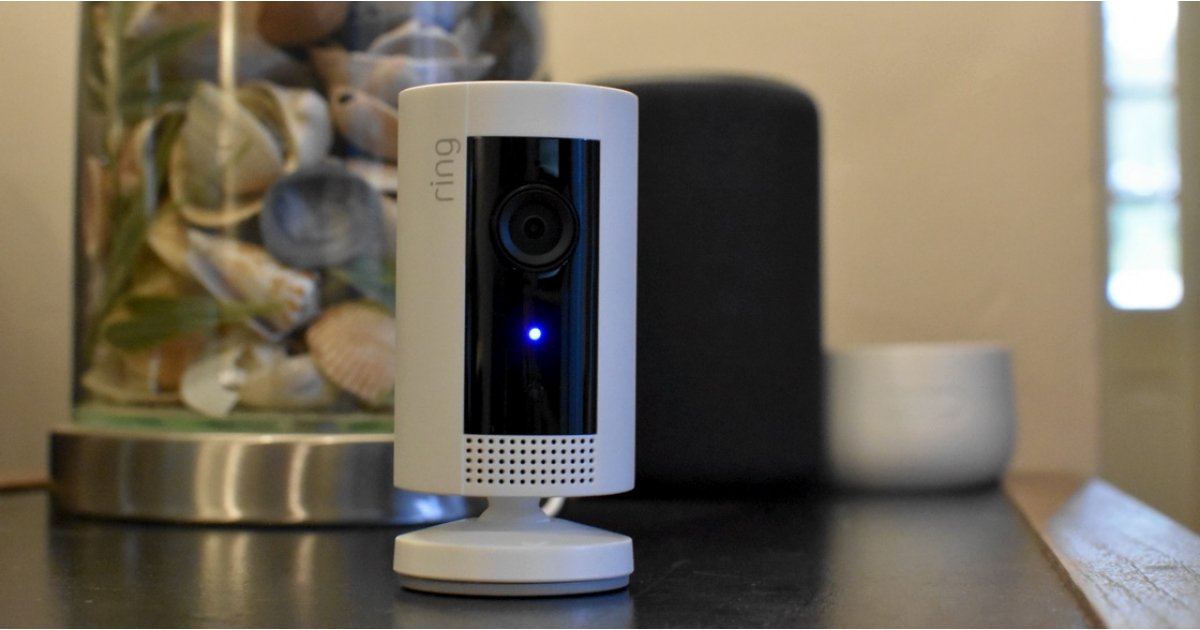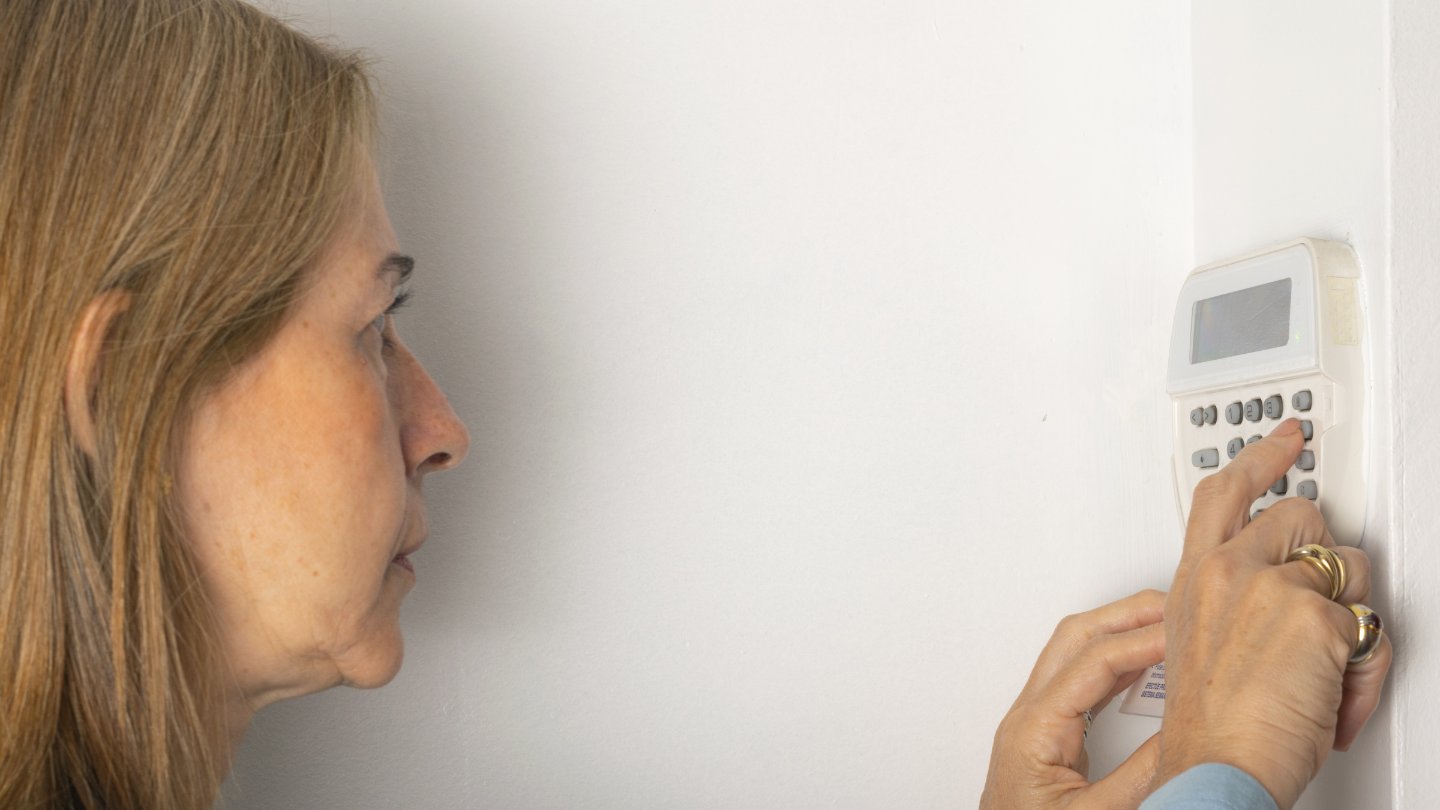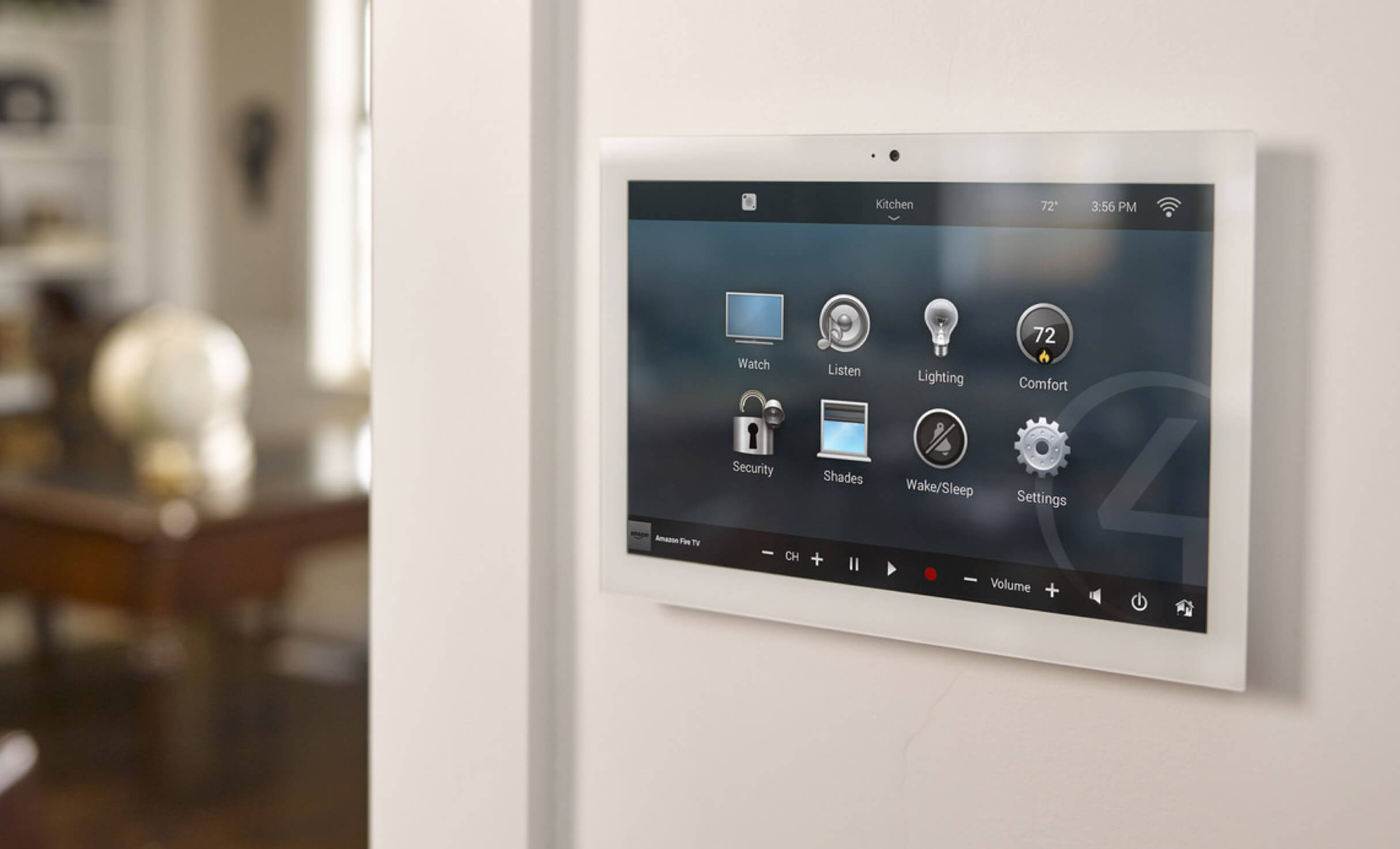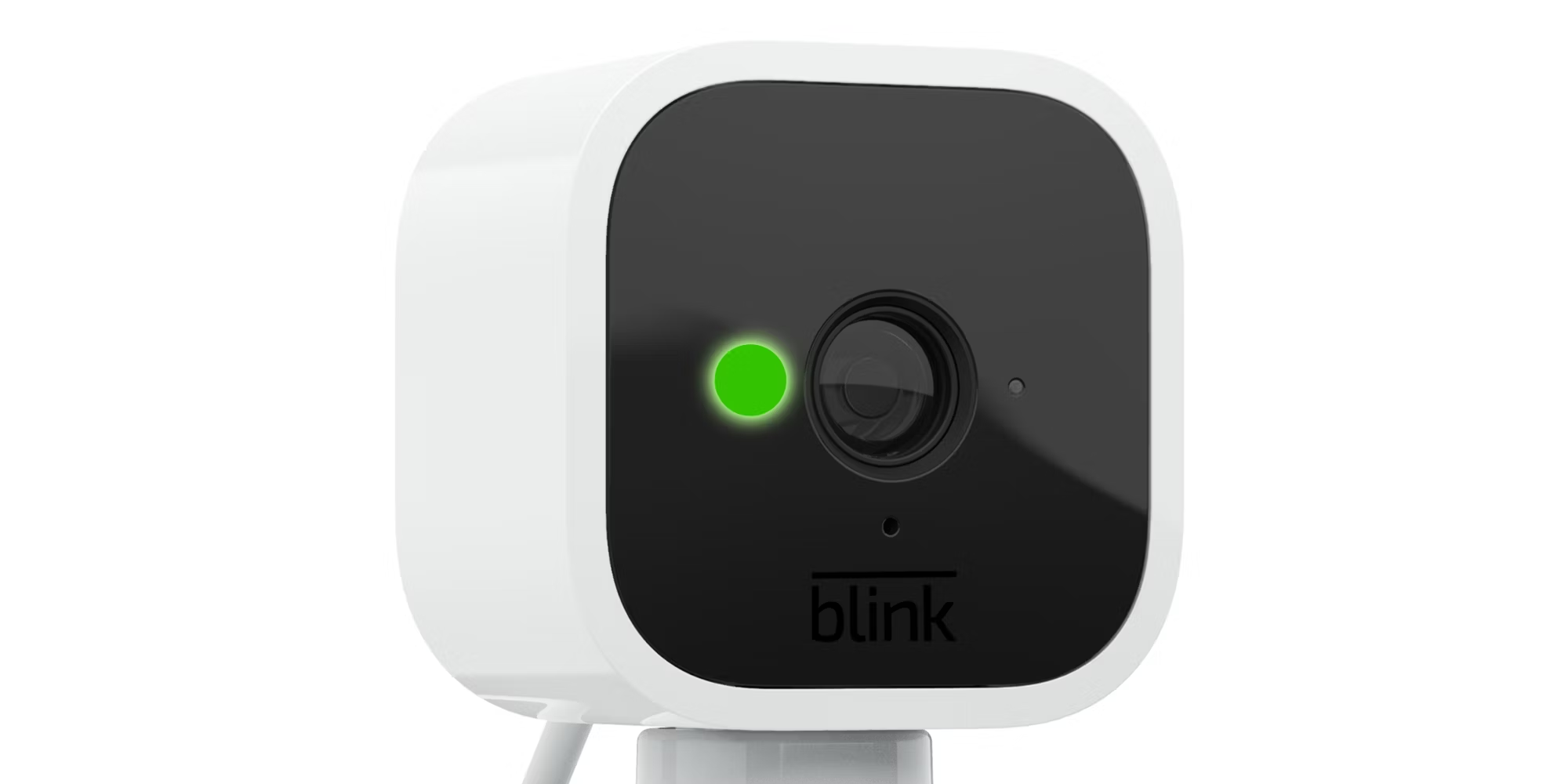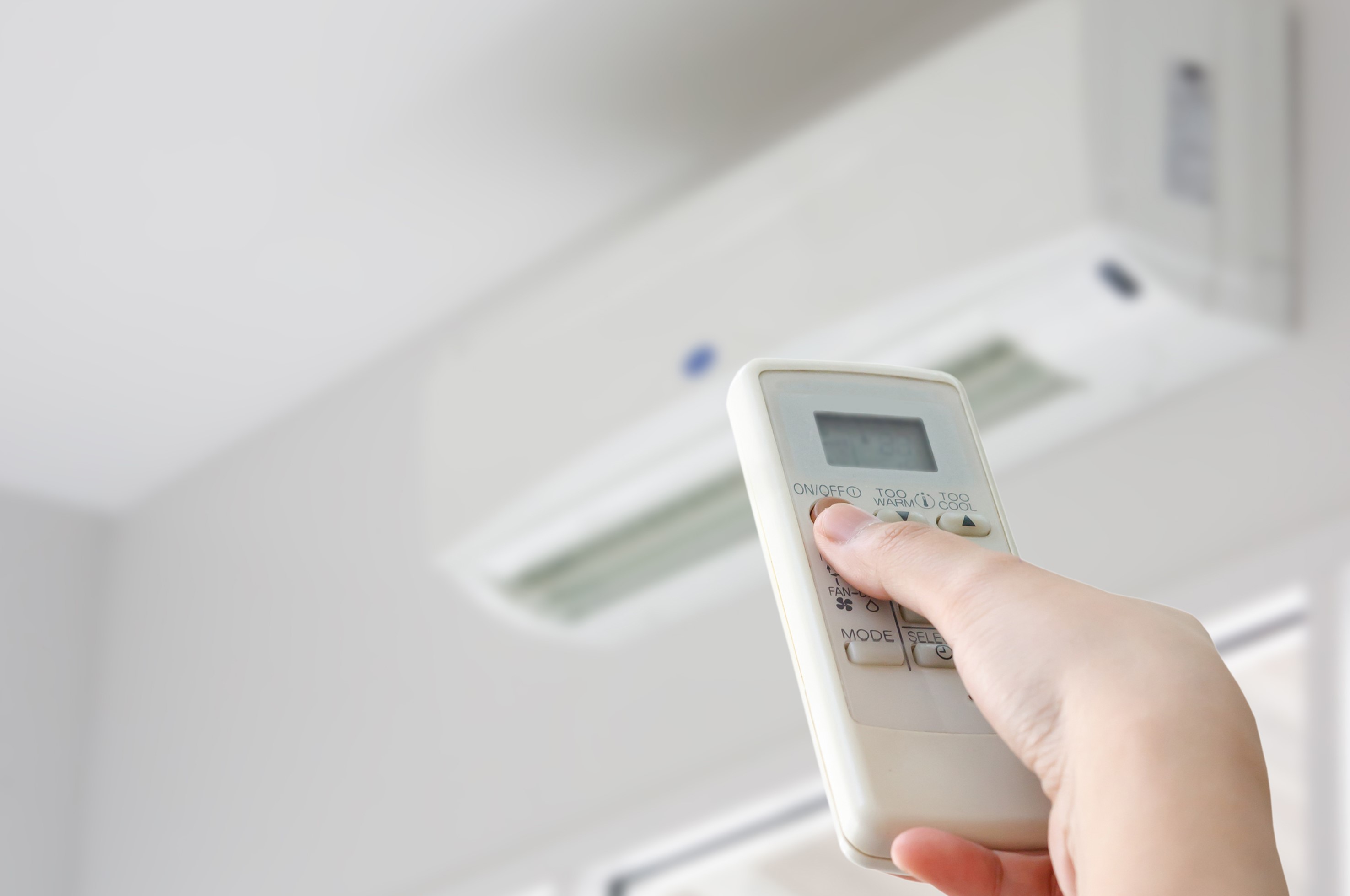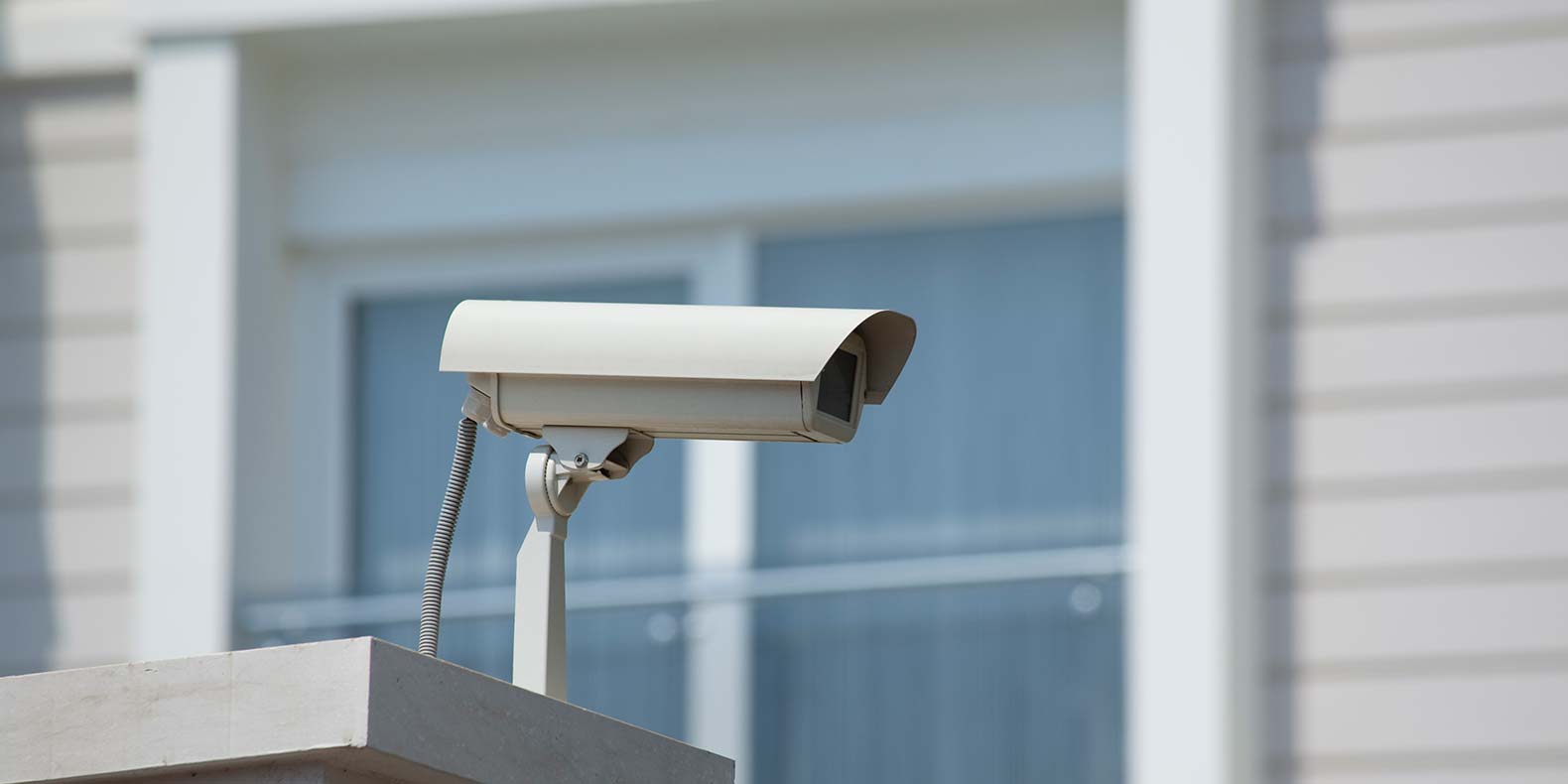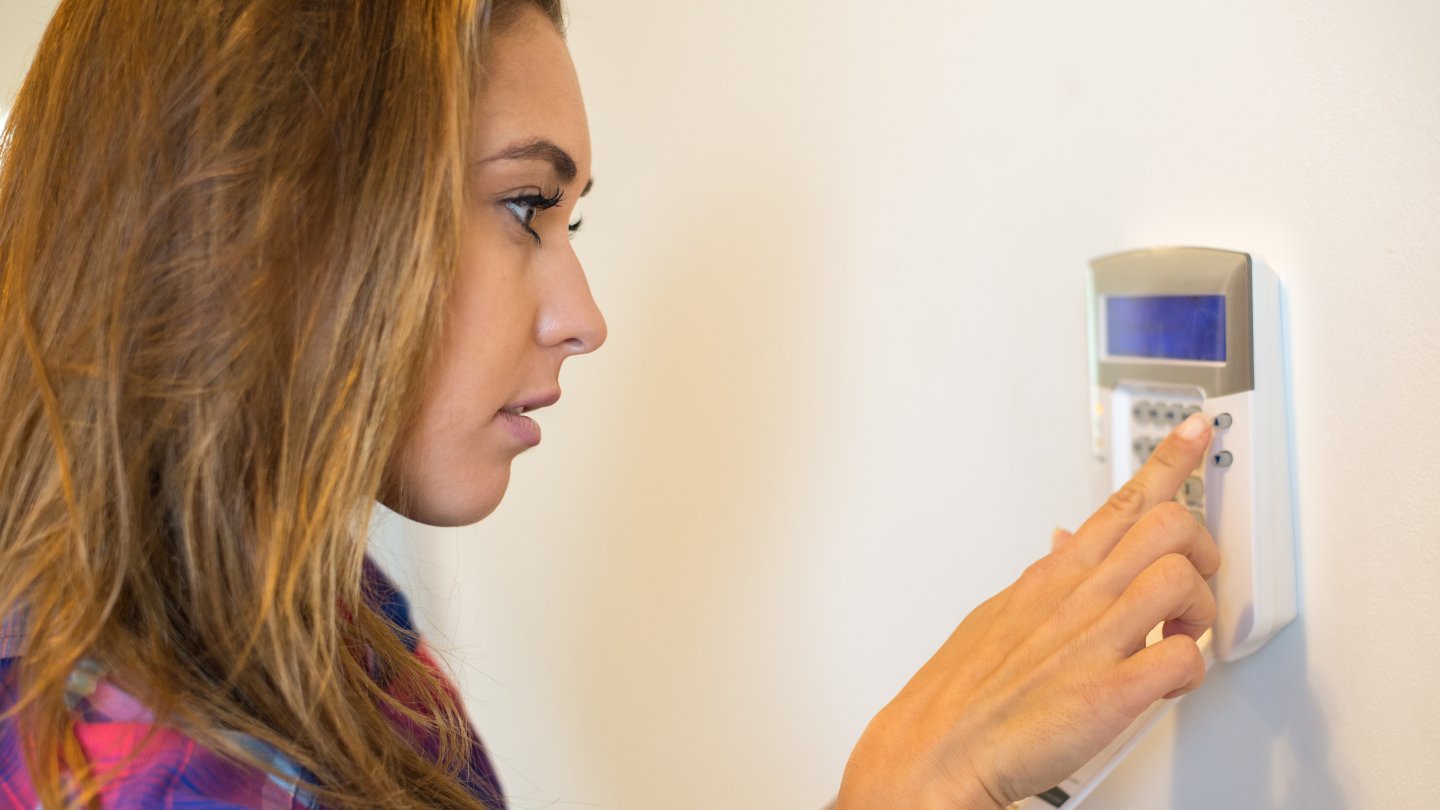Home>Home Security and Surveillance>If The Trouble Button On My Home Security Goes Off What Does That Mean
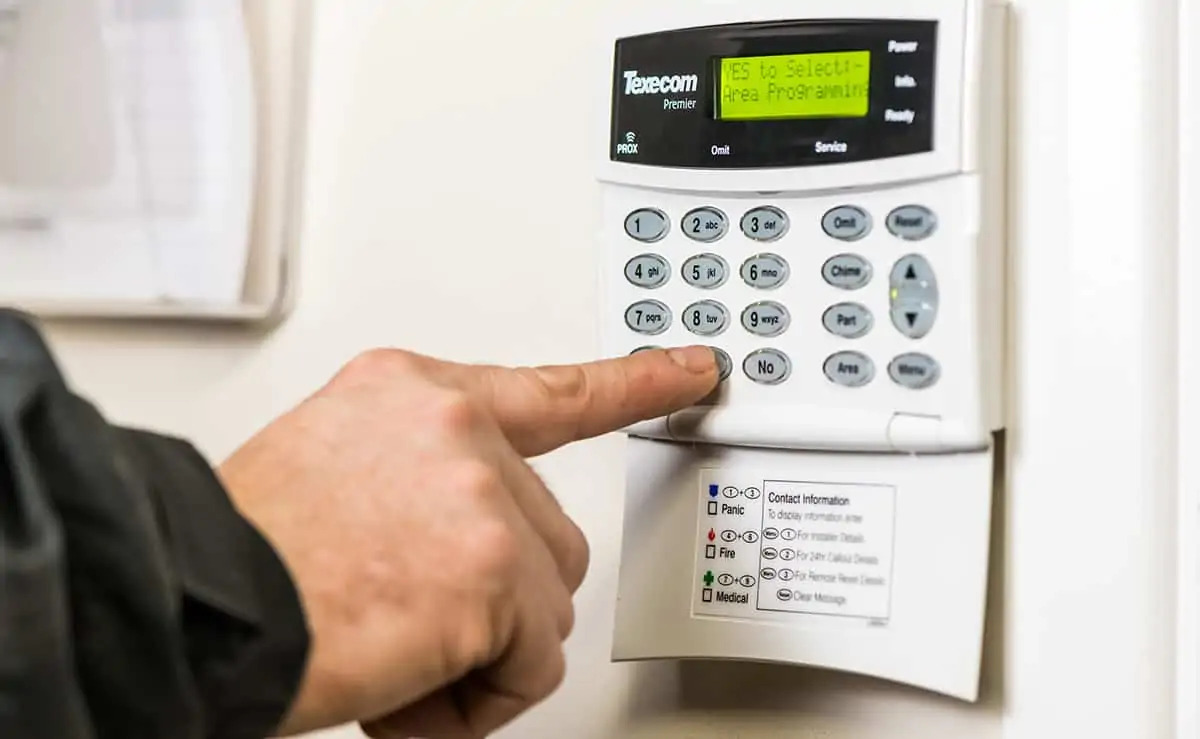

Home Security and Surveillance
If The Trouble Button On My Home Security Goes Off What Does That Mean
Modified: March 6, 2024
The trouble button on your home security system going off indicates a potential issue. Find out what it means and how to address it with our comprehensive guide on home security and surveillance.
(Many of the links in this article redirect to a specific reviewed product. Your purchase of these products through affiliate links helps to generate commission for Storables.com, at no extra cost. Learn more)
Introduction
Welcome to the world of home security and surveillance! In an era where safety and peace of mind are paramount, having a reliable home security system is essential. From video surveillance to motion sensors, these systems provide a comprehensive solution to protect your loved ones and belongings from potential threats. However, even the most advanced systems can encounter issues that warrant attention.
One such component of home security systems is the trouble button. This button serves as an indicator when there is a problem or issue that requires your attention. Understanding what it means when the trouble button goes off is crucial in maintaining the effectiveness of your home security setup.
In this article, we will delve into the details of trouble button activation in home security systems, discuss the possible causes, and provide troubleshooting steps to resolve the issue. So, let’s dive in and explore the fascinating world of home security troubleshooting!
Key Takeaways:
- When the trouble button on your home security system goes off, it means there’s a problem like sensor malfunction, low battery, or communication error. Prompt troubleshooting and contacting your provider are crucial for maintaining a secure home.
- Contacting your home security provider for assistance is essential if you can’t resolve trouble button activation. They have the expertise to diagnose and fix the issue, ensuring your system works effectively and keeps your home secure.
Read more: What Does Nvr Mean On Security Cameras
Understanding the Trouble Button on Home Security Systems
Before we dive into the specifics of what the trouble button signifies when it goes off, let’s start by understanding its purpose. The trouble button is a key component of most home security systems and is designed to alert homeowners to potential problems within the system.
When a trouble occurs, such as a sensor malfunction or a low battery, the trouble button will be activated. This button is typically located on the control panel of the security system or on a wireless keypad. Its purpose is to draw your attention to the issue requiring your immediate action.
Some security systems may have multiple trouble buttons, each associated with different areas or components of the system. For example, you may have a trouble button specifically for the sensors or one for the control panel itself.
It’s important to note that the trouble button is not meant to be used as an emergency panic button. Instead, its primary function is to alert you to potential issues that may affect the functionality of your home security system.
Now that we have a clear understanding of the purpose of the trouble button, let’s explore what it means when the trouble button goes off and the possible causes behind its activation.
What Does It Mean When the Trouble Button Goes Off?
When the trouble button on your home security system goes off, it indicates that there is an issue or problem that needs attention. This activation could be due to a variety of reasons, each with its own implications.
Here are some possible meanings when the trouble button goes off:
- Sensor Malfunction: One common cause of trouble button activation is a malfunctioning sensor. Sensors are the eyes and ears of your home security system, detecting movement, changes in temperature, or other disturbances. When a sensor malfunctions, it can trigger the trouble button to notify you of the problem. It’s important to address sensor malfunctions promptly to maintain the integrity of your security network.
- Low Battery: Another common cause for the trouble button to go off is a low battery. Home security devices such as door/window sensors, motion detectors, and keypads are typically battery-operated. When the battery level drops below a certain threshold, the trouble button is activated to remind you to replace or recharge the batteries. Ignoring low battery notifications can compromise the effectiveness of your security system.
- Communication Error: A trouble button activation might indicate a communication error between components of your security system. This could be due to issues with the control panel, wiring, or network connectivity. Identifying and resolving any communication errors is vital to ensure seamless operation of your home security system.
- Panel Tampering: If someone attempts to tamper with the control panel or keypad, it can trigger the trouble button. This serves as a security measure to alert you of potential unauthorized access to your system. If the trouble button activates due to panel tampering, it’s essential to investigate the incident and take appropriate measures to secure your system.
- System Failure: In rare cases, the trouble button may go off due to a system failure or malfunction. This could be a result of a hardware issue or software glitch. It’s crucial to address system failures promptly by contacting your home security provider for assistance.
Now that we have a better understanding of what it means when the trouble button goes off, let’s move on to discussing the possible causes behind its activation and the necessary troubleshooting steps.
Possible Causes for Trouble Button Activation
When the trouble button on your home security system goes off, it is essential to identify the root cause of the issue. Understanding the possible causes for trouble button activation can help you troubleshoot and resolve the problem efficiently. Here are some common reasons why the trouble button may be activated:
- Sensor Issues: Malfunctioning sensors can trigger the trouble button. This could be due to a faulty sensor, misalignment, or interference from external sources. Checking the sensors for any physical damage or obstructions and ensuring proper alignment can help resolve sensor-related issues.
- Battery Problems: Low battery levels on various components of your security system can activate the trouble button. Checking the battery levels and replacing or recharging them as necessary is an important troubleshooting step. It is also advisable to use high-quality, long-lasting batteries to minimize this issue.
- Wiring and Connectivity Problems: Communication errors between the control panel, sensors, and other devices can cause the trouble button to go off. Inspect the wiring connections for any loose or damaged cables and ensure they are securely connected. Additionally, check network connectivity if your system relies on Wi-Fi or other wireless connections.
- Control Panel Issues: A malfunctioning control panel can lead to trouble button activation. This could be due to software glitches, electrical problems, or tampering. Check the control panel for any error messages or unusual behavior, and perform a power cycle or factory reset if necessary. If the problem persists, contacting your security system provider is recommended.
- Environmental Factors: Environmental factors such as extreme temperature fluctuations or humidity levels can impact the functioning of your security system. Ensure that your system is installed in suitable locations and protected from adverse weather conditions to minimize these issues.
Keep in mind that these are just some of the possible causes for trouble button activation. Each security system may have its own unique factors that contribute to trouble button activation. If you have difficulty identifying the exact cause or if the problem persists despite troubleshooting, it is advisable to contact your home security system provider for further assistance. Their technical support team can help diagnose and resolve the issue effectively.
Now that we have explored the possible causes for trouble button activation, let’s move on to discussing the necessary troubleshooting steps to address these issues.
If the trouble button on your home security system goes off, it could mean there’s a problem with the system, like a low battery or a sensor issue. Check the manual or contact your security provider for guidance.
Troubleshooting Steps for a Trouble Button Activation
When the trouble button on your home security system goes off, it’s important to follow a systematic approach to troubleshoot and resolve the issue. By taking the following steps, you can identify the cause of the activation and potentially fix the problem:
- Check the Alarm Panel: Start by examining the alarm panel or keypad where the trouble button is located. Look for any error messages or indicators that may provide information about the issue. Note down any error codes or messages displayed, as they can be helpful in diagnosing the problem.
- Inspect the Sensors: Inspect all the sensors in your security system to ensure they are properly installed and functioning correctly. Look for any signs of physical damage, misalignment, or interference. If you discover any issues, try repositioning or adjusting the sensors as needed.
- Replace or Recharge Batteries: Low battery levels can trigger the trouble button, so it’s crucial to check and replace or recharge the batteries on various components of your security system. Use high-quality batteries that are compatible with your devices to ensure optimal performance.
- Verify Wiring Connections: Examine the wiring connections between the control panel, sensors, and any other devices in your system. Ensure that all connections are secure and free from any damage or loose wires. If you encounter any issues, carefully reconnect or repair the wiring as necessary.
- Reset the Control Panel: If you suspect a control panel issue, try resetting it. Refer to the manufacturer’s instructions or contact your security system provider for guidance on how to perform a proper reset. This can help resolve software glitches or temporary malfunctions.
- Contact your Home Security Provider: If you have followed the troubleshooting steps and the trouble button continues to be activated, it’s advisable to contact your home security provider for further assistance. Their technical support team can provide expert guidance, remote diagnostics, or schedule a service visit if required.
Remember, each home security system is unique, so the troubleshooting steps may vary slightly depending on your specific setup. It’s also important to consult the user manual or online resources provided by your security system provider for detailed instructions tailored to your system.
By following these troubleshooting steps, you can tackle most common issues that may trigger the trouble button and restore the proper functioning of your home security system.
Now that we have covered the troubleshooting steps, let’s move on to discussing the importance of contacting your home security provider for assistance.
Read more: What Does HDD Mean On Security Cameras
Contacting the Home Security Provider for Assistance
When you encounter persistent trouble button activation on your home security system despite your best efforts to troubleshoot, it’s crucial to reach out to your home security provider for assistance. They have the expertise and resources to help resolve the issue and ensure the continued effectiveness of your system.
Here are a few reasons why contacting your home security provider is essential:
- Technical Support: Home security providers have dedicated technical support teams that specialize in troubleshooting and resolving issues related to their systems. By contacting them, you can access professional assistance to diagnose and address the problem effectively.
- System Knowledge and Expertise: Home security providers have in-depth knowledge of their own products and systems. They can guide you through the specific troubleshooting steps that are relevant to your setup, taking into account any unique features or configurations.
- Remote Diagnostics: In many cases, home security providers can remotely access your system to perform diagnostics. This allows them to identify the underlying cause of trouble button activation and provide targeted solutions without the need for an on-site visit.
- Warranty and Service Coverage: If your home security system is under warranty or service plan, contacting your provider ensures that you can leverage the benefits of your coverage. They can offer repair services or replacement components if needed, saving you time and money.
- System Updates and Upgrades: Home security providers often release firmware updates and improvements for their systems. By staying in touch with your provider, you can ensure that you have access to the latest features and enhancements for a more robust security setup.
When contacting your home security provider, be prepared to provide details about the trouble button activation, any error messages displayed on the control panel, and the troubleshooting steps you have already taken. This information will help the technical support team better understand the situation and provide more targeted assistance.
Remember, your home security provider is there to support you and help ensure the optimal performance of your system. Don’t hesitate to reach out to them if you are unable to resolve the trouble button activation issue on your own.
Now that we have covered the importance of contacting your home security provider, let’s conclude our discussion.
Conclusion
In the world of home security and surveillance, the trouble button serves as a vital indicator of potential issues within your system. Understanding what it means when the trouble button goes off is key to maintaining the effectiveness of your home security setup.
Throughout this article, we have explored the purpose of the trouble button, discussed possible causes for its activation, and provided troubleshooting steps to address the problem. From sensor malfunctions to low battery levels, there are various factors that can trigger the trouble button.
By following the troubleshooting steps outlined in this article, you can identify the cause of the trouble button activation and potentially resolve the issue. However, if you encounter persistent trouble button activation or have difficulty troubleshooting on your own, it is crucial to contact your home security provider for assistance.
Your home security provider has the expertise, technical support, and system knowledge to help diagnose and resolve the problem. They can remotely analyze your system, provide targeted solutions, and ensure that you are taking full advantage of your warranty and service coverage.
Remember, the purpose of a home security system is to provide you with peace of mind and protect your loved ones and belongings. By promptly addressing trouble button activation and maintaining the functionality of your system, you can ensure a secure home environment.
Whether it’s a sensor malfunction, low battery, or communication error, the trouble button serves as a valuable tool in alerting you to potential issues. By understanding its meaning, troubleshooting effectively, and seeking assistance when needed, you can maximize the effectiveness of your home security and surveillance system.
Thank you for joining us on this journey through the world of trouble button activation in home security systems. Stay vigilant, stay secure!
Frequently Asked Questions about If The Trouble Button On My Home Security Goes Off What Does That Mean
Was this page helpful?
At Storables.com, we guarantee accurate and reliable information. Our content, validated by Expert Board Contributors, is crafted following stringent Editorial Policies. We're committed to providing you with well-researched, expert-backed insights for all your informational needs.
